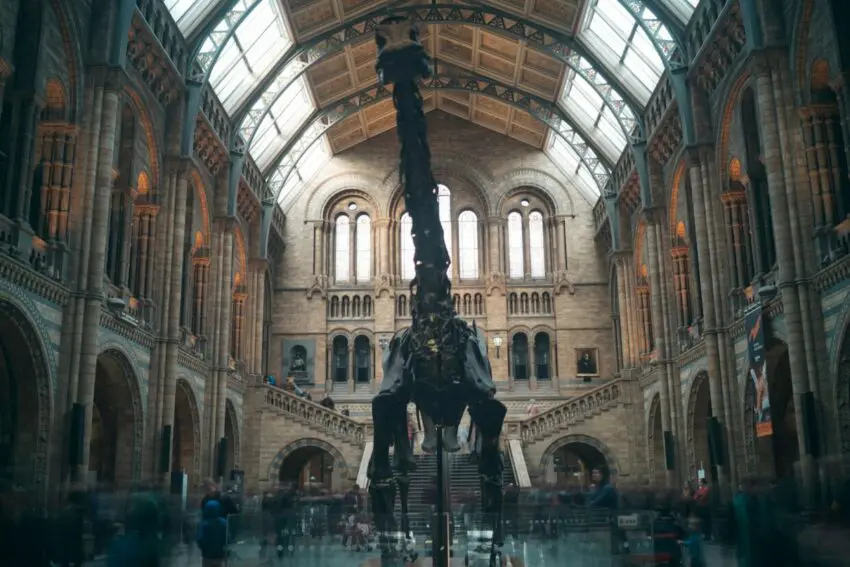The Te Papa Museum is one of New Zealand’s most iconic cultural institutions, rich with history and stories of the land and its people. Situated in Wellington on the waterfront, Te Papa stands as a physical manifestation of the nation’s pride in its culture and heritage. Indeed, the museum’s mission is to foster public understanding and appreciation of the nation’s identity through the exploration of the past. To truly appreciate the museum’s significance, one must understand its extensive history.
The Early Years
The Te Papa Museum was established in 1998 as a result of the merger of the National Art Gallery and the National Museum. It was a milestone moment in New Zealand’s cultural history, as it signified the union of two institutions that had long been at odds. It was also indicative of a larger national trend towards consolidating cultural institutions and increasing public accessibility.
Prior to the merger, the National Art Gallery and the National Museum had been mutually exclusive. The former was located in the historic Cable House, while the latter had been housed in the old Dominion Museum building. Both buildings had been extensively renovated, with the Cable House being extensively upgraded in the 1930s and the Dominion Museum building undergoing a major refurbishment in 1983.
The merger of the two institutions was a momentous event and resulted in the creation of a single organisation, the Museum of New Zealand – Te Papa Tongarewa. This new establishment brought together two of the nation’s most important cultural institutions, greatly increasing the public’s access to the nation’s history and heritage.
Te Papa’s Transformation
Te Papa has since undergone significant changes since the merger, focusing more on interactive and immersive experiences rather than traditional museum exhibitions. The museum’s goal is to provide a stimulating and engaging environment, offering visitors a way to explore and interpret the material culture of New Zealand. This includes the use of interactive displays, multimedia installations, and interactive touch screens.
In addition to the new interactive displays, the museum has also undergone several physical transformations to make it a more accessible and enjoyable space for visitors. The most notable of these was the redevelopment of the waterfront area outside the museum. This renovation saw the creation of the Freyberg Place public plaza, which provides an outdoor space for visitors to explore the foreshore and view the harbour.
The transformation of the waterfront was largely driven by the museum’s commitment to providing accessible and immersive experiences to visitors. This included the addition of a theatre, a cafe, and other interactive spaces. Through these redevelopments, Te Papa has become an integral part of the Wellington experience.
Te Papa Today
Today, the Te Papa Museum continues to be at the forefront of New Zealand’s cultural institutions. It is a vibrant and interactive space for visitors to explore the nation’s history, telling the stories of the land and its people. It is also a place of exploration and discovery, where visitors can immerse themselves in the culture, environment, and stories of the land.
The museum is constantly evolving, with new and exciting exhibitions and events being unveiled every year. The museum also has a dedicated team of curators and experts, who work to ensure that Te Papa’s collection and exhibitions accurately represent New Zealand’s diverse culture and history.
In addition to its exhibitions, Te Papa also offers a wide range of educational activities for visitors of all ages. These include interactive workshops, talks, and tours, designed to engage visitors and help them learn about the country’s history and culture. The museum also offers a range of events and activities throughout the year, from art classes to lectures and film screenings.
Te Papa has come a long way since its establishment in 1998, and has since become one of New Zealand’s premier cultural institutions. It stands as a testament to the nation’s commitment to preserving its history and culture, and provides a valuable platform to explore and understand the nation’s heritage.
Takeaways
- The Te Papa Museum was created as a result of a merger between the National Art Gallery and the National Museum in 1998.
- The museum has undergone several physical and conceptual transformations since the merger, with a focus on interactive and immersive experiences.
- Today, Te Papa is one of New Zealand’s most iconic cultural institutions, offering visitors a unique opportunity to explore the nation’s history and culture.
Key Benefits
- A physical manifestation of New Zealand’s pride in its culture and heritage.
- A way for visitors to explore the nation’s history and culture.
- A range of interactive workshops, talks, and tours.
- A wide range of events and activities throughout the year.

